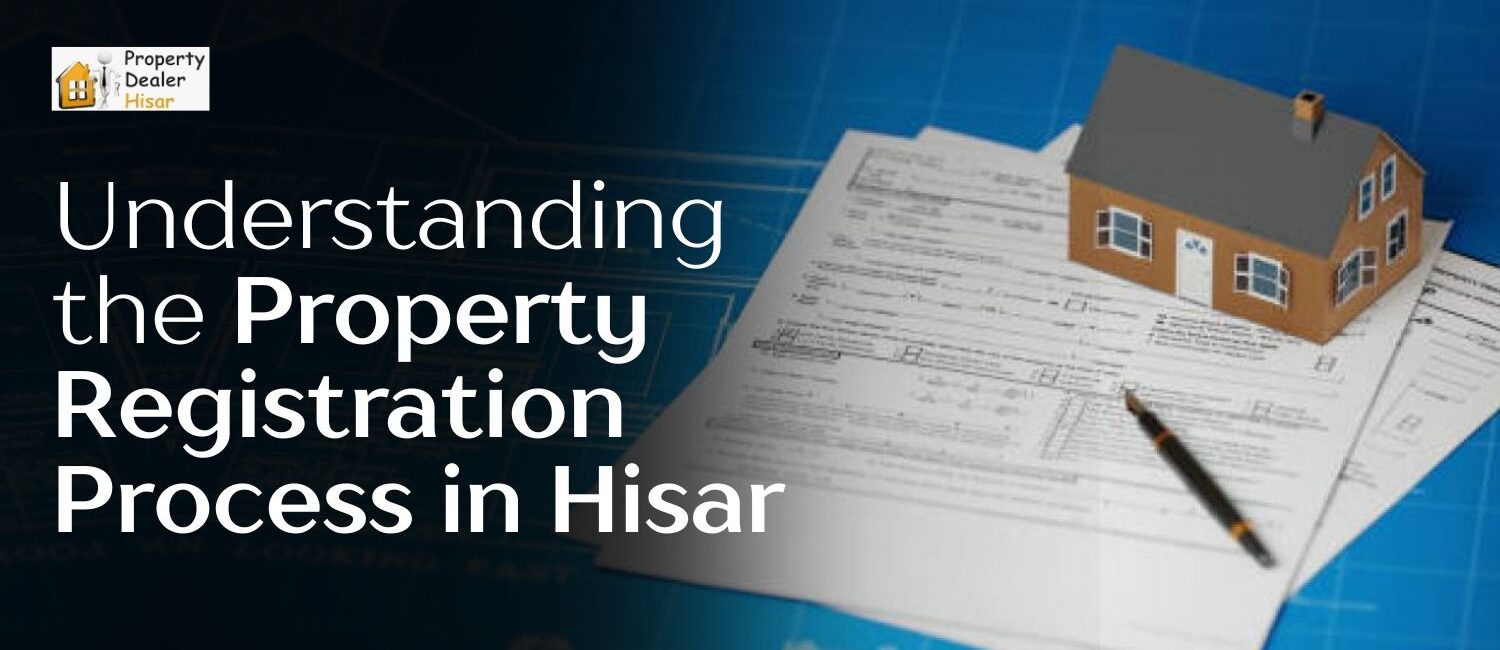
Buying a property is a significant investment, and ensuring that the property is legally registered is an essential step in the process. Property Registration Process in Hisar is crucial for protecting your ownership rights. It gives the buyer legal proof of ownership and ensures that the transaction is recognized by the government. If you’re new to the process or unsure about the steps involved, here is a simple guide to help you understand the property registration process in Hisar.
Importance of Property Registration
Property registration is the legal process of recording the details of a property transaction in the government records. It acts as proof of ownership and is a safeguard against any future disputes regarding the property. The property registration document is a vital legal proof that can be used in court if necessary. Without registration, your ownership is not legally valid, and you cannot sell, mortgage, or transfer the property to someone else.
In Hisar, like in most other places in India, property registration is done under the provisions of the Indian Registration Act, 1908. The registered document is valid evidence of your ownership and guarantees that your rights over the property are protected.

Documents Required for Property Registration
Before you go ahead with the property registration process, it is important to gather the necessary documents. These include:
- Sale Deed – This is the most important document in property transactions. It contains details about the property, including the name of the seller, the buyer, the amount paid, and other terms and conditions of the sale. The Sale Deed should be executed on a non-judicial stamp paper of the appropriate value.
- Identity Proof – The buyer and seller must provide valid identity proof. This could be an Aadhaar card, voter ID, or passport.
- Address Proof – Proof of address for both parties (buyer and seller) is also required. Utility bills or bank statements can be used as address proof.
- PAN Card – The Permanent Account Number (PAN) card of both the buyer and the seller is mandatory for property registration in India.
- Property Tax Receipts – Recent receipts of property tax payments should be submitted to prove that the property is not under any tax liabilities.
- Encumbrance Certificate – This certificate proves that the property is free from any legal dues or encumbrances, making it a clean transaction.
- Sale Agreement – If applicable, the agreement to sell the property between the buyer and seller must be provided.
Steps Involved in Property Registration in Hisar
- Finalizing the Sale Agreement – The first step in the property registration process is to finalize the sale agreement between the buyer and the seller. This agreement includes the details of the property, the price, payment method, and any other terms of the sale. It is signed by both parties.
- Payment of Stamp Duty – Stamp duty is the tax paid to the government for registering the property. The stamp duty rates vary based on the location of the property, its value, and other factors. In Hisar, the stamp duty is typically around 7% for male buyers and 6% for female buyers, with some variations depending on the property type. This payment must be made before registration, and the payment receipt must be presented during the registration process.
- Visit the Sub-Registrar Office – Once the stamp duty is paid, both the buyer and the seller must visit the Sub-Registrar office in Hisar. Here, they will submit all the required documents. The Sub-Registrar verifies the documents and records the transaction in the government records.
- Signature and Fingerprints – Both parties will need to be present at the Sub-Registrar office for signing the property documents in the presence of the Sub-Registrar. They will also have to provide their fingerprints as part of the registration process.
- Verification and Registration – After the documents are signed, the Sub-Registrar will verify the information and officially register the property in the government records. A copy of the registered document will be provided to the buyer as proof of ownership.
- Receipt of Registered Document – After the property is registered, the buyer will receive the original registered Sale Deed, which will be their legal proof of ownership. This document should be kept safe, as it is the key legal document for the property.

Key Tips for a Smooth Registration Process
- Ensure All Documents Are Accurate – Double-check all documents before submitting them to the Sub-Registrar office. Mistakes or discrepancies can delay the registration process.
- Consult a Legal Expert – It is a good idea to consult a legal expert or property lawyer during the registration process. They can guide you through the legal aspects and ensure that the transaction is legally sound.
- Keep Copies of All Documents – Always keep copies of all the documents involved in the registration process. These copies will come in handy for future reference and in case you need to resolve any disputes.
Conclusion: Property Registration Process in Hisar
The property registration process in Hisar is a vital step in ensuring the legal transfer of property ownership. It involves multiple steps, including document verification, payment of stamp duty, and signing the necessary agreements. By following the right procedures and ensuring that all documents are accurate, you can secure your property rights and avoid future legal complications. Whether you’re buying or selling property, understanding the registration process is crucial for a safe and smooth transaction.

